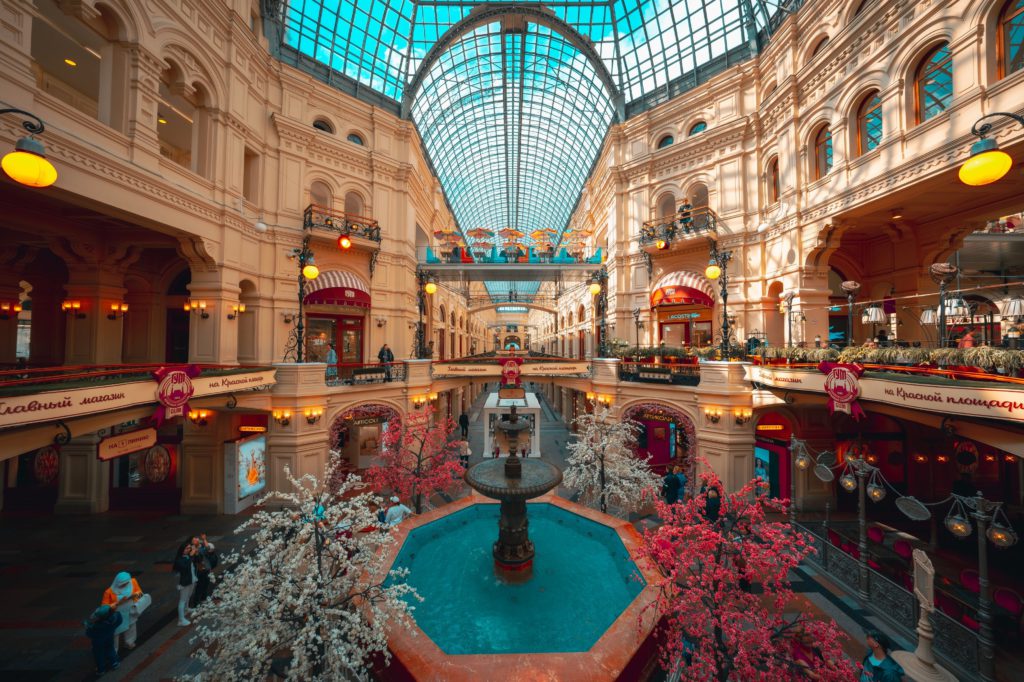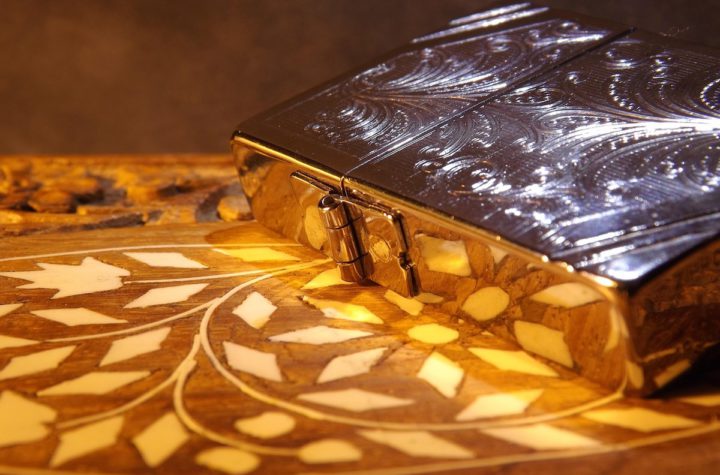
In the bustling metropolis of London, where fashion, culture, and commerce converge, there’s a retail revolution underway, and sustainability is at its heart. As London cements its reputation as a global retail design hub, the city’s interior designers are leading the way in transforming the shopping experience. This article explores the pivotal role of sustainability in London’s retail design revolution, highlighting the innovative approaches taken by London interior designers.
London’s Retail Design Renaissance
London has long been at the forefront of retail innovation. From the iconic department stores of Oxford Street to the avant-garde boutiques of Shoreditch, the city’s retail landscape is constantly evolving. Today, it’s not just about what’s on the shelves but also how they are designed and the values they represent.
A growing demand for sustainability and ethical consumption drives the retail design renaissance in London. Shoppers are increasingly conscious of their purchases’ environmental and social impact, pushing retailers to rethink their spaces. In response, London interior designers are embracing sustainability as a central pillar of their work.
Sustainable Materials and Practices
One of the critical ways London interior designers contribute to the retail design revolution is through using sustainable materials. Designers are incorporating eco-friendly elements from reclaimed wood to recycled plastics into their projects.
Moreover, London’s retail spaces are adopting sustainable practices such as energy-efficient lighting, low VOC paints, and green building standards. These initiatives reduce environmental impact and lower operational costs for retailers.

Adaptive Reuse and Upcycling
London’s rich architectural heritage provides a unique opportunity for adaptive reuse and upcycling in retail design. Interior designers are repurposing historic buildings and materials, giving them new life in modern retail spaces.
Old warehouses become chic boutiques, and centuries-old beams find new purpose as shelving units. This approach adds character to retail spaces and reduces the need for new construction, minimising the carbon footprint.
Local Sourcing and Artisan Collaborations
London interior designers are increasingly collaborating with local artisans and craftsmen. By sourcing materials and products locally, designers reduce transportation-related emissions and support the local economy.
These collaborations also contribute to the uniqueness of each retail space. Shoppers are drawn to one-of-a-kind pieces created by local artisans, fostering a sense of authenticity and connection to the community.
Biophilic Design and Green Spaces
Biophilic design, which incorporates natural elements into interior spaces, is gaining prominence in retail design London. Living walls, indoor gardens, and raw materials create a harmonious environment that appeals to shoppers’ innate connection to nature.
Such designs enhance aesthetics, improve air quality, and create a sense of well-being. Retailers find customers likelier to linger in spaces that offer a respite from the urban hustle and bustle.
The Circular Economy in Retail Design
London is also championing the circular economy in retail design. The concept of “reduce, reuse, recycle” is applied to interior design elements, ensuring that materials have a second life once they are no longer needed in their original form.
Furniture and fixtures are designed with disassembly in mind, making it easier to repair and repurpose items. This approach reduces waste and encourages a sustainable, closed-loop system.
Consumer Education and Transparency
London’s retail design revolution is not just about the physical spaces but also about educating consumers. Retailers are increasingly transparent about their sustainability efforts, from sourcing materials to waste reduction strategies.
Interior designers play a role in conveying these efforts through the design itself. Sustainable materials are often showcased in a way that allows shoppers to see and appreciate their origins.
A Sustainable Shopping Experience
London’s retail design revolution is making spaces more sustainable and enhancing the overall shopping experience. Sustainability is no longer an afterthought but an integral part of the design process.
Customers can explore stores knowing that their spaces align with their values and that the products they purchase have been sourced and produced with ethical and environmental considerations in mind.
In the heart of London’s vibrant retail landscape, sustainability is taking centre stage. The city’s interior designers are spearheading a retail design revolution that places environmental and social responsibility at its core.
Through sustainable materials, adaptive reuse, local collaborations, biophilic design, and a commitment to the circular economy, London’s retail spaces are undergoing a transformation that reflects the values of today’s conscious consumers.
As London continues to evolve as a global retail design hub, the city’s interior designers are leading the way, setting an inspiring example for retailers and designers worldwide. The future of retail design in London is undoubtedly greener, more ethical, and more inviting, offering a shopping experience that aligns with the sustainability aspirations of the modern age.





More Stories
Designing Luxurious Shopping Environments
Training Tools For Business Growth
Office Relocation Errors To Avoid